Audi Q3 vs BMW iX1 – Which car suits you better?
Everyday use, family trips or long-distance drives – here’s where the differences show.
Discover whether Audi Q3 or BMW iX1 fits your lifestyle better.
Costs and Efficiency:
Price and efficiency are key factors when choosing a car – and this is often where the real differences emerge.
Audi Q3 has a hardly perceptible advantage in terms of price – it starts at 38200 £, while the BMW iX1 costs 41800 £. That’s a price difference of around 3600 £.
As for range, the BMW iX1 performs significantly better – achieving up to 463 km, about 344 km more than the Audi Q3.
Engine and Performance:
Under the bonnet, it becomes clear which model is tuned for sportiness and which one takes the lead when you hit the accelerator.
When it comes to engine power, the BMW iX1 has a a bit edge – offering 313 HP compared to 272 HP. That’s roughly 41 HP more horsepower.
In acceleration from 0 to 100 km/h, the BMW iX1 is hardly perceptible quicker – completing the sprint in 5.60 s, while the Audi Q3 takes 5.70 s. That’s about 0.10 s faster.
In terms of top speed, the Audi Q3 performs clearly perceptible better – reaching 240 km/h, while the BMW iX1 tops out at 180 km/h. The difference is around 60 km/h.
There’s also a difference in torque: BMW iX1 pulls to a small extent stronger with 494 Nm compared to 400 Nm. That’s about 94 Nm difference.
Space and Everyday Use:
Cabin size, boot volume and payload all play a role in everyday practicality. Here, comfort and flexibility make the difference.
Both vehicles offer seating for 5 people.
In curb weight, Audi Q3 is a bit lighter – 1635 kg compared to 1940 kg. The difference is around 305 kg.
In terms of boot space, the BMW iX1 offers slight more room – 490 L compared to 488 L. That’s a difference of about 2 L.
In maximum load capacity, the BMW iX1 performs hardly perceptible better – up to 1495 L, which is about 109 L more than the Audi Q3.
When it comes to payload, Audi Q3 barely noticeable takes the win – 535 kg compared to 495 kg. That’s a difference of about 40 kg.
Who comes out on top?
Overall, the BMW iX1 shows itself to be wins the duel decisively and secures the title of DriveDuel Champion.
It convinces with the more balanced overall package and proves to be the more versatile choice for everyday use.
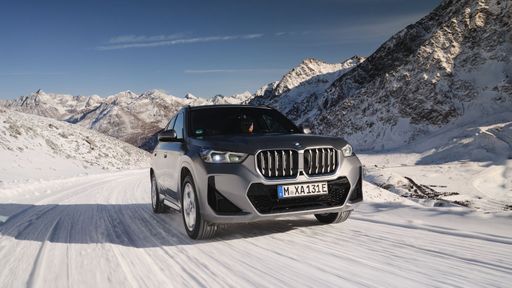 @ BMW Group Press
@ BMW Group Press
BMW iX1
Audi Q3
The Audi Q3 feels like a grown-up compact SUV with premium polish and city-friendly agility, the sort of car that makes weekend escapes and daily commutes equally satisfying. Inside, you get quality materials and smart packaging that keep things practical without skimping on style, so it’s an easy pick for buyers who want luxury without the drama.
details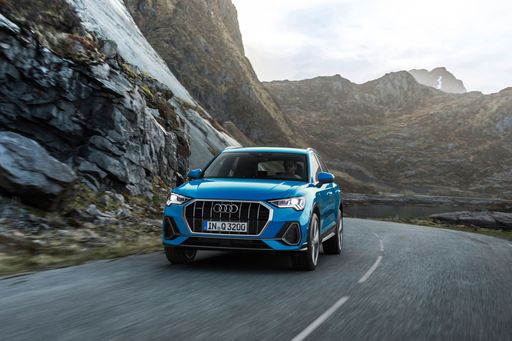 @ Audi AG
@ Audi AG
 @ Audi AG
@ Audi AG
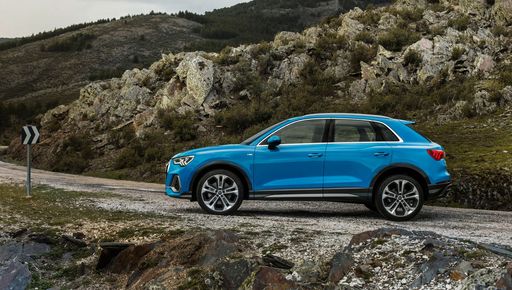 @ Audi AG
@ Audi AG
 @ Audi AG
@ Audi AG
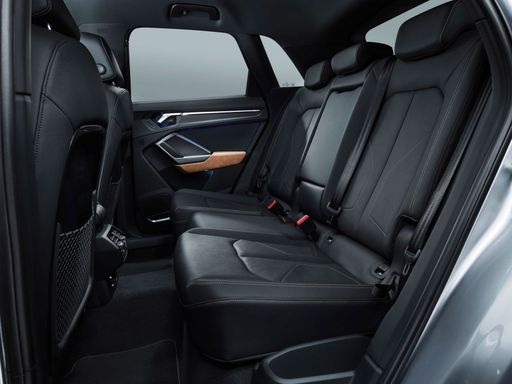 @ Audi AG
@ Audi AG
BMW iX1
The BMW iX1 wraps BMW's electric ambition into a compact SUV package that feels unexpectedly premium, with sharp handling and a crisp, modern cabin that keeps the driver in charge. It's ideal for buyers who want a stylish, quiet daily driver with useful practicality and tech-savvy touches — plus enough character to make the commute feel less like a chore and more like a short joyride.
details @ BMW Group Press
@ BMW Group Press
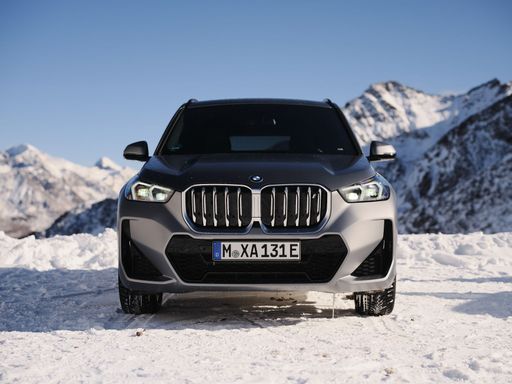 @ BMW Group Press
@ BMW Group Press
 @ BMW Group Press
@ BMW Group Press
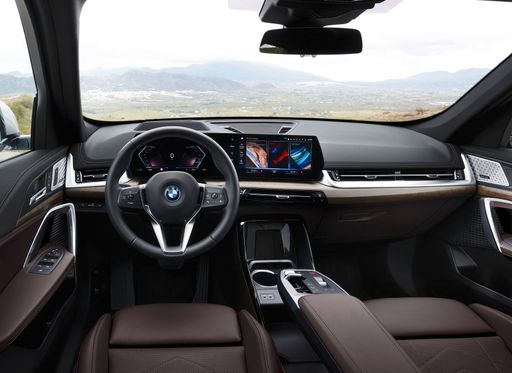 @ BMW Group Press
@ BMW Group Press
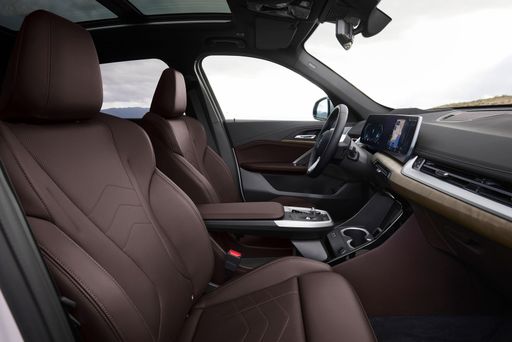 @ BMW Group Press
@ BMW Group Press
 @ Audi AG
@ Audi AG
|
 @ BMW Group Press
@ BMW Group Press
|
|
|
|
Costs and Consumption |
|
|---|---|
|
Price
38200 - 52900 £
|
Price
41800 - 54600 £
|
|
Consumption L/100km
1.7 - 8.6 L
|
Consumption L/100km
-
|
|
Consumption kWh/100km
-
|
Consumption kWh/100km
15.8 - 17.1 kWh
|
|
Electric Range
118 - 119 km
|
Electric Range
436 - 463 km
|
|
Battery Capacity
19.70 kWh
|
Battery Capacity
64.80 kWh
|
|
co2
39 - 195 g/km
|
co2
0 g/km
|
|
Fuel tank capacity
45 - 60 L
|
Fuel tank capacity
-
|
Dimensions and Body |
|
|---|---|
|
Body Type
SUV
|
Body Type
SUV
|
|
Seats
5
|
Seats
5
|
|
Doors
5
|
Doors
5
|
|
Curb weight
1635 - 1900 kg
|
Curb weight
1940 - 2085 kg
|
|
Trunk capacity
375 - 488 L
|
Trunk capacity
490 L
|
|
Length
4531 mm
|
Length
4500 mm
|
|
Width
1859 mm
|
Width
1845 mm
|
|
Height
1559 - 1601 mm
|
Height
1616 mm
|
|
Max trunk capacity
1196 - 1386 L
|
Max trunk capacity
1495 L
|
|
Payload
505 - 535 kg
|
Payload
495 kg
|
Engine and Performance |
|
|---|---|
|
Engine Type
Petrol MHEV, Petrol, Plugin Hybrid, Diesel
|
Engine Type
Electric
|
|
Transmission
Automatic
|
Transmission
Automatic
|
|
Transmission Detail
Dual-Clutch Automatic
|
Transmission Detail
Reduction Gearbox
|
|
Drive Type
Front-Wheel Drive, All-Wheel Drive
|
Drive Type
Front-Wheel Drive, All-Wheel Drive
|
|
Power HP
150 - 272 HP
|
Power HP
204 - 313 HP
|
|
Acceleration 0-100km/h
5.7 - 9.2 s
|
Acceleration 0-100km/h
5.6 - 8.6 s
|
|
Max Speed
208 - 240 km/h
|
Max Speed
170 - 180 km/h
|
|
Torque
250 - 400 Nm
|
Torque
250 - 494 Nm
|
|
Number of Cylinders
4
|
Number of Cylinders
-
|
|
Power kW
110 - 200 kW
|
Power kW
150 - 230 kW
|
|
Engine capacity
1498 - 1984 cm3
|
Engine capacity
-
|
General |
|
|---|---|
|
Model Year
2025
|
Model Year
2022 - 2023
|
|
CO2 Efficiency Class
E, G, B
|
CO2 Efficiency Class
A
|
|
Brand
Audi
|
Brand
BMW
|
Is the Audi Q3 offered with different drivetrains?
The Audi Q3 is available as Front-Wheel Drive or All-Wheel Drive.
The prices and data displayed are estimates based on German list prices and may vary by country. This information is not legally binding.
